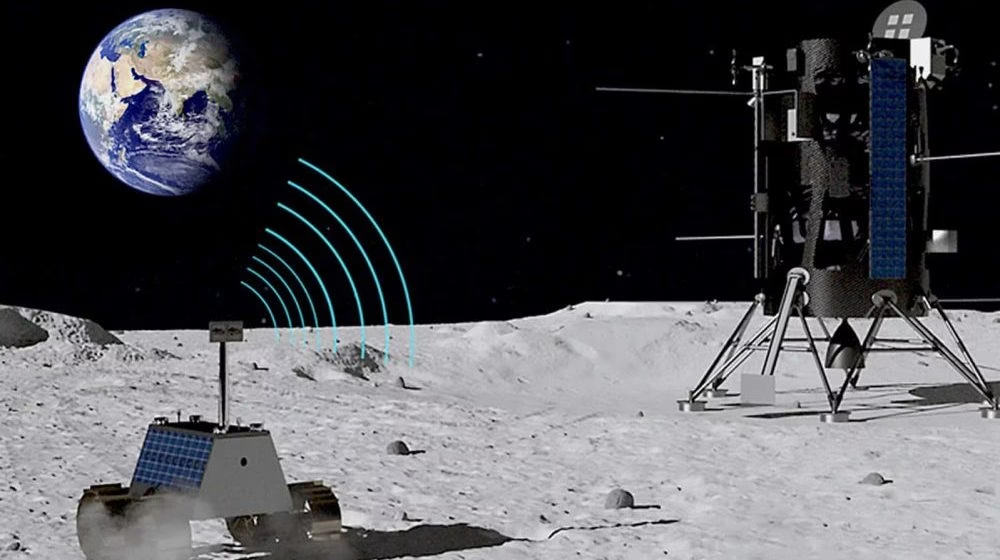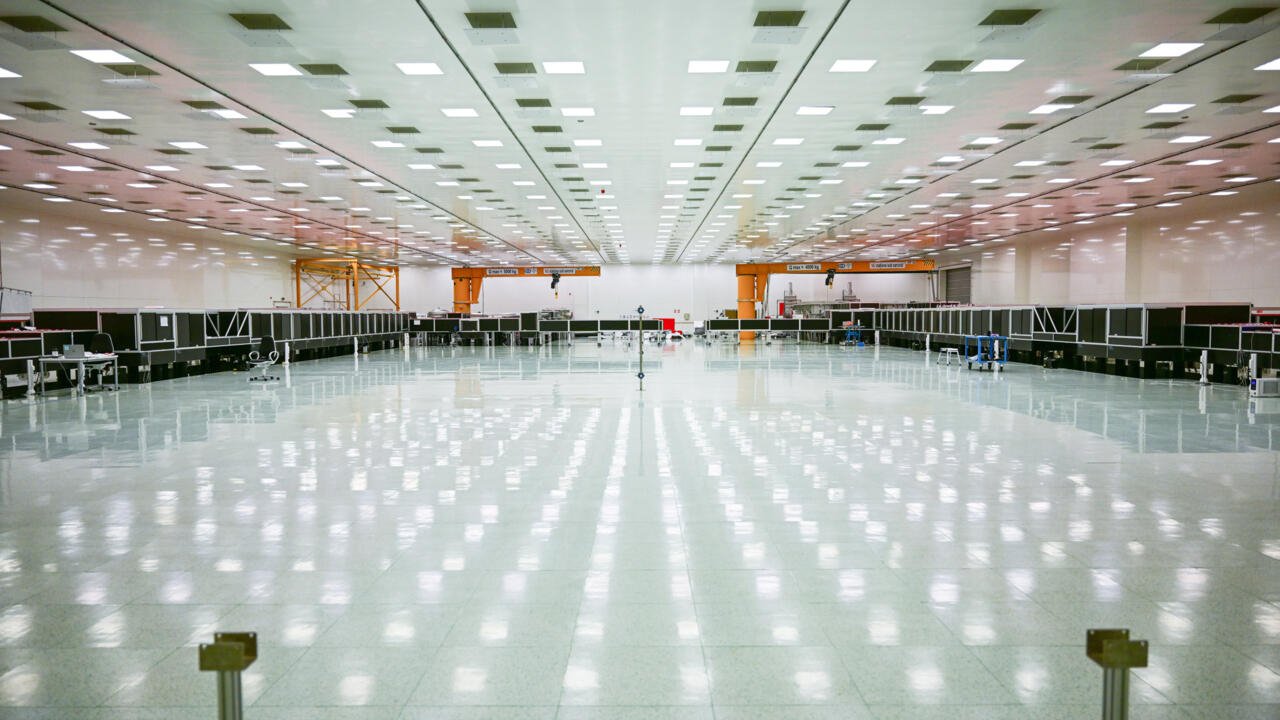Later this month, Intuitive Machines is set to launch its IM-2 mission from NASA’s Kennedy Space Center, marking a significant step in lunar exploration. The mission will deploy a lander, a rover, and a hopper near the Moon’s south pole, and more importantly, it will introduce the first-ever 4G cellular network on the lunar surface. This groundbreaking project is being developed by Nokia Bell Labs under a NASA contract, setting the stage for advanced communications on the Moon.
Why Does the Moon Need 4G?
Traditionally, lunar communications have relied on direct point-to-point radio signals, which require an uninterrupted line of sight. These systems are low in data capacity and limited in range, making them insufficient for the ambitious Artemis program, which aims to establish a permanent lunar base by the 2030s.
Thierry Klein, president of Nokia Bell Labs Solutions Research, highlighted that a 4G network will significantly enhance data transmission speeds, improve coverage, and support multiple device connections. This upgrade will enable efficient operations, real-time data sharing, and better coordination between lunar infrastructure, including landers, rovers, and astronauts.
How Nokia’s Lunar 4G Network Works
Nokia has developed a “network in a box,” a compact, highly durable system designed to function under extreme space conditions. The components include a base station, user equipment, and network software, excluding the antenna and power source, which will be supplied by the lander’s solar panels.
During the IM-2 mission, this system will facilitate seamless communication between the deployed lander, rover, and hopper. However, the harsh conditions of the lunar night, particularly the extreme cold, are expected to disable the equipment within a few days. Despite its short lifespan for this mission, the deployment is a crucial test for future lunar connectivity solutions.
Future Expansion of 4G and 5G on the Moon
Looking ahead, Nokia aims to expand its lunar 4G network and potentially upgrade to 5G, aligning with NASA’s Artemis missions. Future iterations of the system may even be integrated into astronaut spacesuits, enabling real-time data exchange, enhanced navigation, and improved safety measures for lunar missions.
However, concerns exist regarding radio signal interference. Chris De Pree, deputy spectrum manager at the National Radio Astronomy Observatory (NRAO), has warned that LTE frequencies could disrupt astronomical observations. Additionally, Harvey Liszt, NRAO’s spectrum manager, pointed out that 4G is not currently approved for lunar use. Nokia has received a temporary waiver for this mission, but a permanent frequency allocation will be necessary for long-term deployment.
The Impact on Lunar Exploration
Nokia’s lunar 4G network is a monumental step in modernizing space communication. If successful, it will lay the foundation for a sustainable and technologically advanced lunar infrastructure. This project could transform how astronauts, rovers, and future lunar habitats interact, providing reliable and high-speed connectivity for a new era of space exploration.
As humanity prepares for a future beyond Earth, deploying communication networks like Nokia’s 4G on the Moon is crucial in ensuring efficient operations, safety, and real-time data exchange. With further advancements, the Moon could soon have an interconnected digital ecosystem, paving the way for deep-space exploration and potential colonization.
The IM-2 mission will serve as a crucial testbed for lunar communications, setting the stage for future missions that may eventually lead to a permanent human presence on the Moon. Whether it’s facilitating data exchange, improving astronaut safety, or supporting future robotic and human explorers, the arrival of 4G technology on the Moon is undoubtedly a historic milestone in space exploration.



